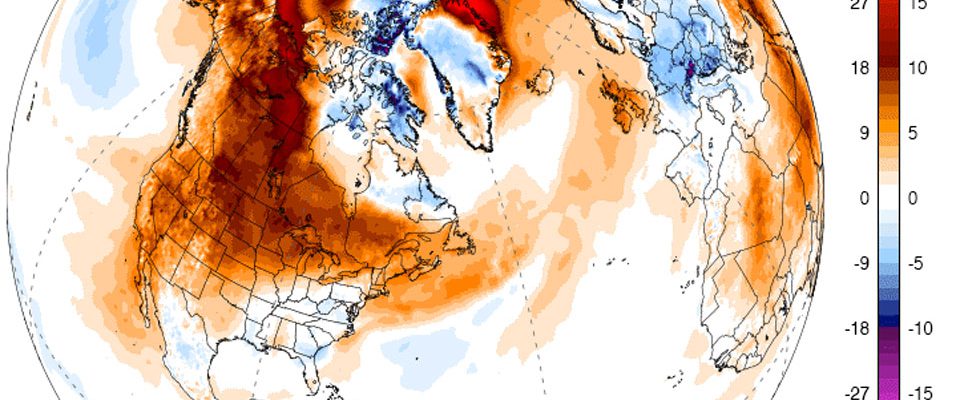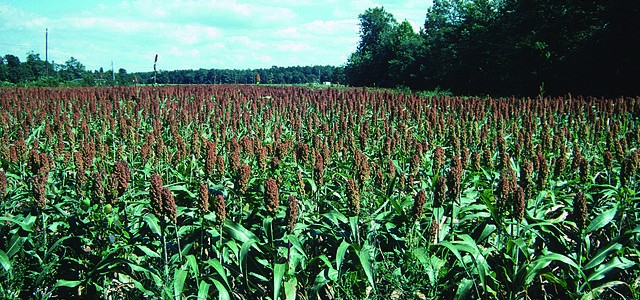Uncategorized
-

If you’re wondering where the cold air is this time of year, you are not alone. A number of my friends have noted on Facebook how late the frost is to Minnesota and the upper Midwest this year and here in the Southeast we are later than normal as well. You can read about some…
-

Allison Floyd wrote an interesting story in Growing Georgia this week about research underway at the University of Georgia to find a more drought-resistant strain of sorghum, which already does well in dry conditions. She reports: “When University of Georgia plant geneticist Andrew Paterson started to look for lines of sorghum that might survive in…
-

Today is the anniversary of the sinking of the Edmund Fitzgerald, a large ore-carrying freighter that crossed Lake Superior in a strong mid-latitude cyclone (low pressure center) and foundered just before reaching a safe area. The ship disappeared from radar and was found later at the bottom of the lake. All 29 sailors aboard the…
-

Earlier this fall EPA announced that they have updated their web resources on climate impacts in the Southeast. You can find information on trends in temperature and precipitation around the region as well as projections for future conditions at https://www.epa.gov/climate-impacts/climate-impacts-southeast.
-

In honor of today’s election day (vote!) here are a few distractions from politics… The WunderBlog discusses today’s weather. Weather won’t be a factor in the election this year, but it has in past years. https://www.wunderground.com/blog/JeffMasters/a-mild-tranquil-election-day-on-tap?__prclt=9DqqTXtI The Weather Channel is doing counterprogramming today for those who are sick of hearing about politics. They are offering…
-

The National Weather Service is considering making changes to the way forecasts are made and disseminated. According to their press release here, they are planning to “realign staff and functions to deliver weather forecasts and warnings more effectively.” While they say that it will not result in the closure of local NWS offices, it may…
-

Here are some fun facts on Halloween tornadoes from ustornadoes.com. No worries about tornadoes today with strong high pressure over the Southeast! https://www.ustornadoes.com/2013/10/28/halloween-tornadoes-the-spooky-historical-facts/.